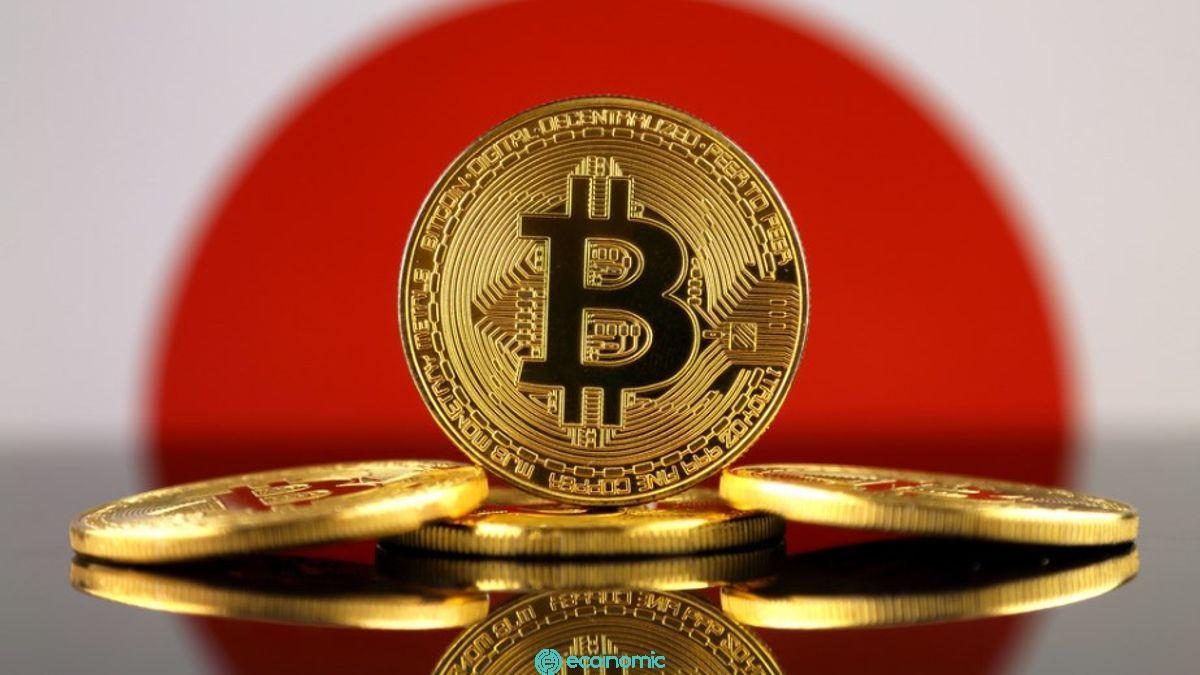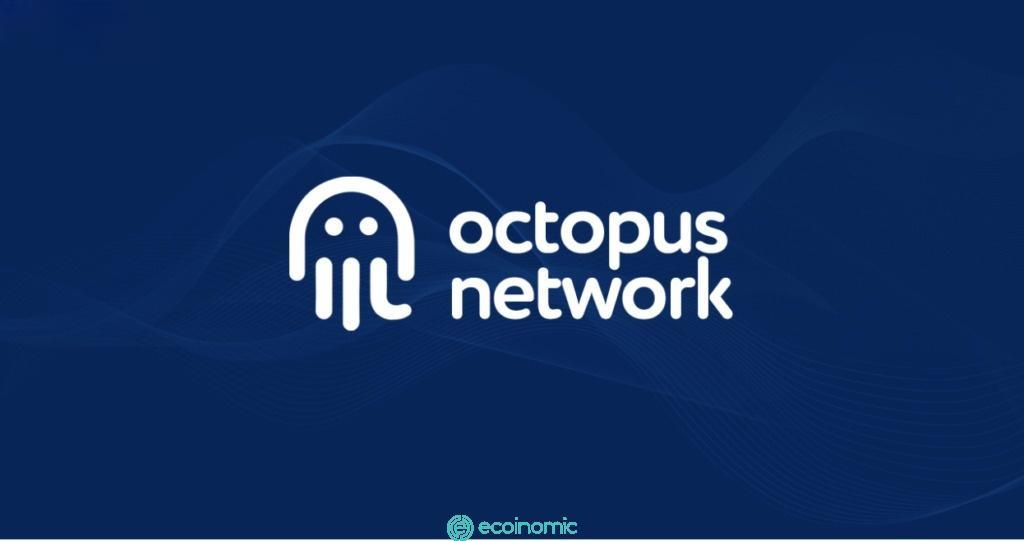Advertisement
Ethereum’s Merge changed the momentum of ETH’s release, meeting most of what analysts and the Ethereum Foundation estimated before the network switch.
However, there are still some things that need to be clarified about whether ETH can deflation when supply stops expanding.
Ethereum will not be completely deflationary
According to ultrasound.money, the amount of ETH in circulation has increased by more than 5,990 ETH since The Merge event took place on September 15. At current prices, ETH worth around $8 million has been put into circulation.
However, that doesn’t mean The Merge doesn’t make a difference. The issuance is still much lower than anticipated when the network follows a PoW model: more than 112 thousand ETH on September 24.
It is also much lower than Bitcoin’s current issuance rate of 6.25 BTC every 10 minutes.
ETH issuance mechanism
Ultimately, the issuance of ETH depends on two variables: block subsidies and burn rates.
Block subsidies represent all new ETH generated with each block, approximately every 12 seconds from the network upgrade. The size of the grant depends on how much ETH is staked on the network. With the current Staking rate – around 14 million ETH – around 1700 ETH is being rewarded to staggers every day.
The burn rate refers to the amount of ETH burned through gas fees. Naturally, burn rates increase along with fees, which increase when Ethereum is experiencing high trading volume.
The burn mechanism was introduced during the London hard fork last year and has led to several periods of net deflation for Ethereum. Meanwhile, This month’s The Merge event reduced the daily issuance of ETH from 14,600 ETH to just 1600 ETH – a drop of almost 90%.
For ETH to deflate, the number of tokens generated through block subsidies must be less than the number of tokens burned by the network. In other words, eth is more deflationary the fewer stakers and more people trade. At current staking levels, the underlying transaction fee must be at least 15 Gwei (0.000000015 ETH) for ETH to be deflationary.
The average transaction fee is just 11 Gwei, an amount that can result in a burn of 412,000 ETH per year. Meanwhile, the current staking level will cause 603,000 ETH to be generated per year. While the annual net Inflation is 191,000 ETH – or 0.16%.

When does ETH deflation?
How this number will change over time remains to be seen.
On the other hand, inflation is likely to rise as more people get involved in the staking sector. The Ethereum network currently offers about 4.5% APR to investors, which is denominated in ETH. Meanwhile, staking services like Binance.US currently offer rewards of up to 6%.
Given the relative risk-reward profile of staking compared to other forms of return (e.g., lending), this could be very attractive for ETH bulls in the future.
Staking also seems to be a fully untapped market on Ethereum. Other leading cryptocurrency networks have around 50% of their token offerings staking, while Ethereum is only 14%.
On the other hand, those who expect Ethereum to develop into a high-volume network for decentralized commerce can expect transaction fees to increase – increasing burn rates and pushing eth issuance into deflationary phases. Arthur Hayes – the former CEO of BitMEX – has theorized that this could create a bullish response to the asset, encouraging the purchase, use and deflation of ETH.
However, as Hayes noted in an interview this month, there may be limits on transaction fees. The fee may increase before the user feels it is too high and stops using it.
“Let’s say deflation becomes so severe that it becomes so expensive that no one uses it … well, guess what? They’re going to change the inflation rate,” he said.
For this reason, Hayes does not believe that Ethereum can compete with Bitcoin as a currency network.
Paulo Arduino from Bitfinex made a similar argument about The Merge event. He stated that the story of Ethereum “continues to change” and that there are too many other priorities to compete with Bitcoin as a currency.
Ethereum’s “sound money” story is a spin-off of Bitcoin’s “sound money” meme due to its completely fixed supply and immunity to currency decline.
See also: Number of Dogecoin whale addresses increases after accumulating $620 million DOGE
















